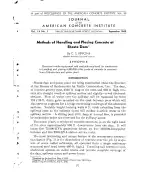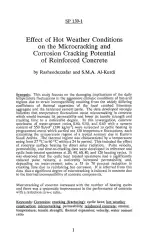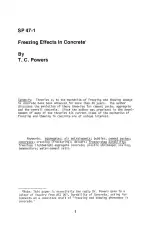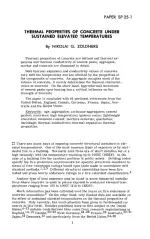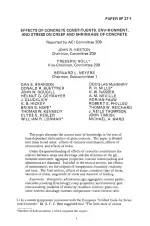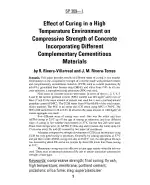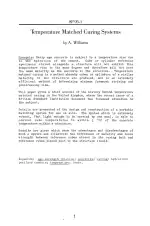Behavior of Concrete Under Temperature Extremes
Also Known As:
ACI SP-39:1973 discusses the research conducted in Canada on the effects of below normal and above normal temperatures on the properties of concrete. The publication covers a wide range of topics including the reaction of temperature and age on thermal expansion and modulus of elasticity of concrete, vacuum processing, pulse velocity, field curing, and protection.
Additionally, the standard addresses the effects of heat applied during curing and after placement, the effects of steam injection, and provides a review of the research conducted by the National Research Council of Canada on the fire endurance of concrete masonry walls.
The Table of Contents reflects the various topics covered in the standard, such as the effect of sustained and cyclic temperature exposures on lightweight concrete, the design of concrete masonry walls for fire endurance, the effect of temperature and age on thermal expansion and modulus of elasticity of concrete, and the early freezing of vacuum processed concrete. Other topics include the effect of below freezing temperatures on strength development of concrete, winter curing of concrete as related to the new Canadian standard, low temperature effects on hardened air-entrained concrete, strength losses in heat curing, hot concrete for high early strength, and the elevated temperature effect on the structural properties of air-entrained concrete.
| Descriptors | Cold Weather |
| Language(s) | English |
| File Size | 38.8 MB |

